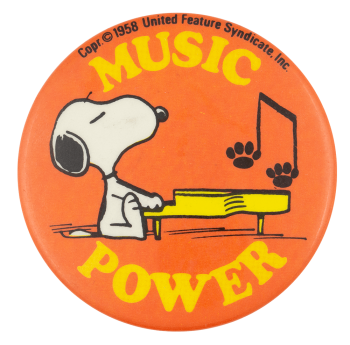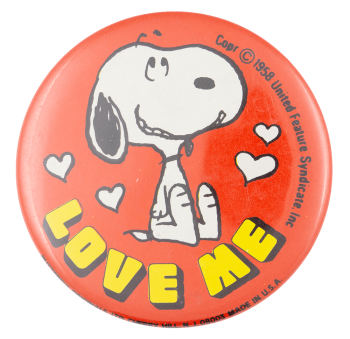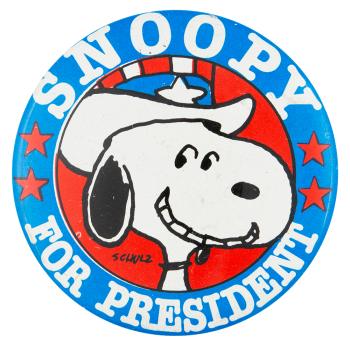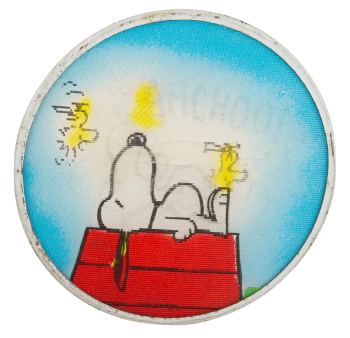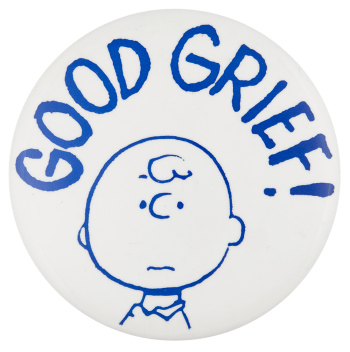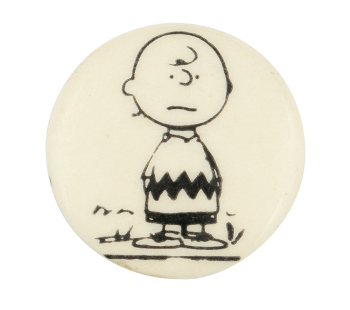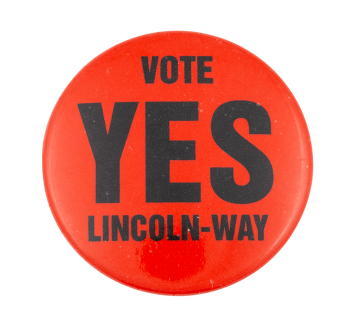Snoopy Music Power
| Category | |
|---|---|
| Additional Images | |
| Sub Categories | |
| Text on Button | MUSIC POWER Copr. ©1958 United Feature Syndicate, Inc. |
| Image Description | Yellow text around an illustration of Snoopy playing a yellow piano on a red-orange background |
| Curl Text | BUTTERFLY ORIGINALS, LTD. CHERRY HILL, N.J. 08003 Made in U.S.A. |
| Back Style | |
| The Shape | |
| The Size | |
| Year / Decade Made | |
| The Manufacturer | |
| Additional Information | Snoopy is an iconic character from the famous comic strip, Peanuts. Peanuts began in 1950 and just two days after the first comic strip was released, Snoopy was featured. Snoopy started as Patty’s dog before becoming Charlie Brown’s dog. He has a fun, imaginative, and sometimes unpredictable personality. Snoopy often creates fantasy stories about human careers including writing a novel, becoming an astronaut, or flying planes. Music is prominently featured in a lot of Peanuts stories and movie specials. |
| Sources |
Peanuts by Schulz. (n.d.). Snoopy. https://www.peanuts.com/characters/snoopy/# Snoopy. (n.d.). In Wikipedia. https://en.wikipedia.org/wiki/Snoopy |
| Catalog ID | EN0544 |

